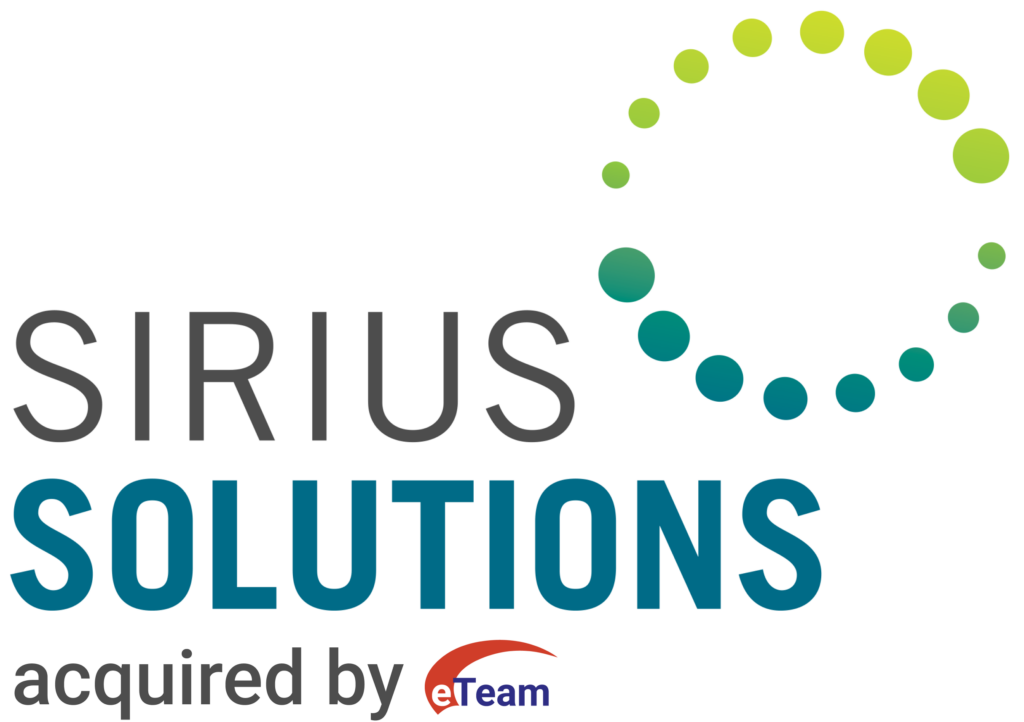Navigating Cash Forecasting and Managing Cash in Today’s Environment
Many companies do not put ample emphasis on preparing and maintaining a meaningful streamlined short-term cash forecasting process and are blindsided by unexpected events, such as COVID 19, reduced oil prices and economic crises like we experienced in 2008. These events can literally turn your company upside down overnight. It’s important to lean on expert management consulting to ensure a business is prepared for the unforeseen.
At times like these companies face much higher levels of scrutiny from lenders, vendors, customers, credit agencies, auditors and employees. A well-prepared and properly maintained short-term cash forecast provides much needed assistance to senior and executive management teams. It also facilitates informed strategies for managing liquidity through these tough times. This valuable tool gives businesses and their teams the required ammunition to navigate necessary discussions and present solutions to all stakeholders.
A proper cash forecast assists with the following:
- Being proactive with lenders to begin discussions around possible breach of compliance with debt payments and affirmative as well as negative covenant requirements. Discussions with lenders should encompass any potential credit capacity issues
- Being proactive with vendors to anticipate the need for extended payment terms and potential increase in vendor credit lines
- Being proactive with customers to manage expectations and provide confidence that your company can process their orders even if there may be some lag time due to supply delays
- Being proactive with credit agencies to demonstrate that you have a strategic plan to overcome cash shortages
- Being proactive with auditors to help alleviate potential growing concern/issues regarding liquidity which could lead to a qualified audit opinion
- Being proactive with employees to facilitate messaging and more accurate timing of potential cuts on gross pay, benefits and bonuses or ultimately layoffs
Below are some tips around best practices from our management consulting team to help build and maintain a short-term cash forecast:
- Develop a 13-month rolling forecast
- Utilize the company’s long-term forecast, strategic forecasts and annual budget and debt models to facilitate inputs into the cash forecast keeping in mind significant cash vs. accrual differences
- Utilize historical trends in payables and receivables to determine timing of payments. If payable and receivable terms are typically 30 days, shift the budgeted GAAP numbers by one month to more accurately reflect timing of cash flows and give consideration to spikes in budgeted revenues and expenses
- Keep it simple. The face of the forecast should be limited to approximately 10 line items. The details can be included in separate worksheets
- Revenue
- Operating Expenses
- Break out significant GAAP vs. cash differences such as insurance, property taxes, leases, etc., into separate line items
- Break out payroll as a separate line item. Ensure bonus payments are shifted to the months they are expected to be paid vs. what is being accrued
- Include debt and interest related transactions in a separate line
- Update cash actuals and the forecast at least monthly if not weekly or daily depending on how tight cash is and timing nuances of borrowing notices
- Automate as much of the forecast and actual result data as reasonably possible
- Maintain frequent on-going communication with various departments to ensure you are receiving the most up to date cash flow data. Update assumptions routinely based on changes and real-time events happening at your company
- Provide resources and develop processes to ensure the forecast can be properly maintained on an on-going basis and be as accurate and timely as possible
Building a meaningful, thorough cash forecast coupled with proper on-going maintenance and upkeep empowers various teams across the company to lead effective proactive conversations with multiple stakeholders not only in these trying times, but in the future as well.
Tools and Solutions to Help
Many companies are facing tremendous cuts in resources and other cost reductions. Companies are currently more often finding it effective to outsource traditional Treasury functions, including cash-forecasting, cash acceleration, automation of receivable collections, invoicing and deductions. Also, there are a growing number of products using Artificial Intelligence (AI) that are helping companies streamline cash forecasting and order to cash processes which can lead to significant cost reductions resulting from reduced staffing, bank fees, interest charges for decreased DSO, etc. Weigh your options. The one thing we do know is that any forecast will be wrong. However, by continually working and monitoring your cash and taking advantage of automation tools such as AI, power queries, power pivots and power BI your forecast will become increasingly more accurate day by day.
Be proactive! Don’t get caught off guard and miss the opportunity to leverage information to improve business performance. Relieve some of the stress when you go to the negotiating table with underlying stakeholders. Be well prepared and confident by ensuring you know your company’s cash requirements, and that your cash is moving as effectively and efficiently as possible. If you have any questions for myself or the management consulting team, don’t hesitate to contact us today!
Anne (Psencik) Callaway, Senior Consultant – Sirius Solutions, L.L.L.P.
If you would like further information regarding Cash Forecasting & Cash Management, please complete the form below.
